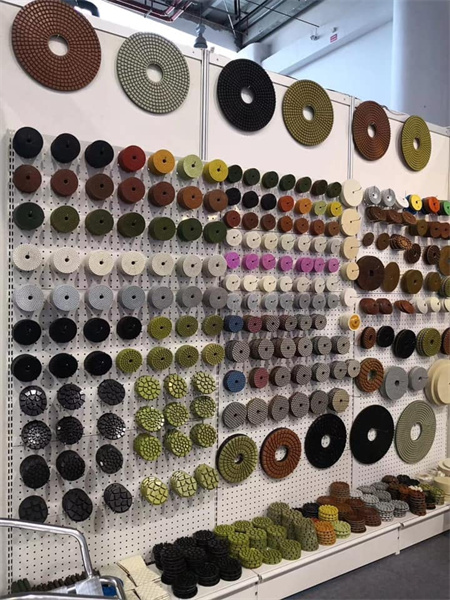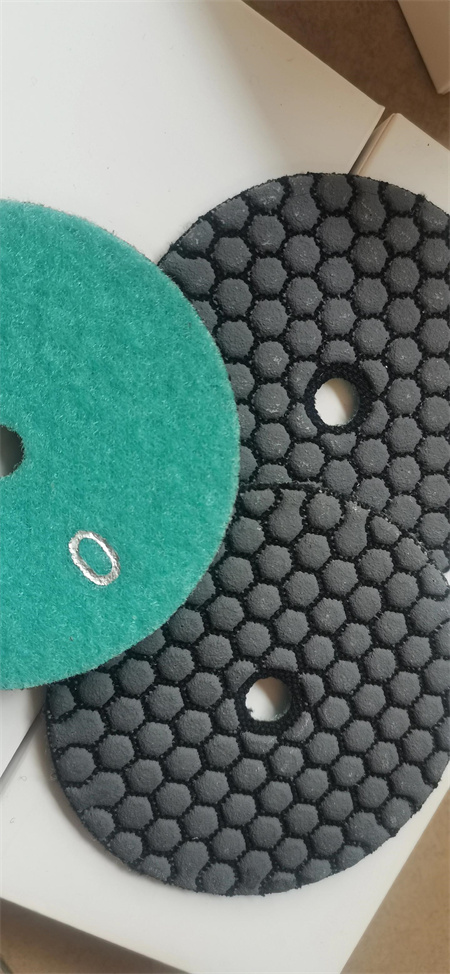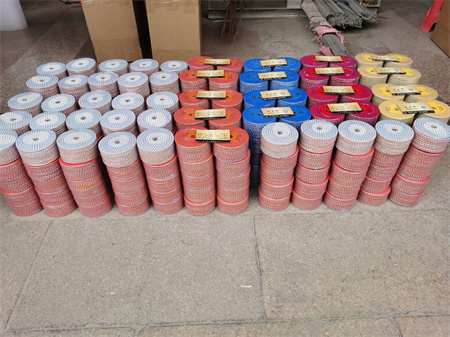Factors That Influence the Longevity of Diamond Pads
Diamond pads are essential tools in various industries, particularly in surface finishing, polishing, and grinding. They are widely used for tasks ranging from semiconductor wafer production to flooring and automotive applications. Their unique properties, especially the hardness and durability of diamond, make them highly effective for achieving precise finishes. However, like any tool, the longevity of diamond pads is influenced by several factors that can significantly impact their performance over time.
One of the primary factors affecting the lifespan of diamond pads is the material being processed. The hardness and composition of the surface you’re working with play a pivotal role in how quickly the diamond pad will wear down. For instance, when polishing softer materials, the diamonds on the pad tend to wear down faster because they do not encounter much resistance. In contrast, harder materials provide more resistance, allowing the diamonds to stay intact for longer, but they can also cause uneven wear if not handled properly. Understanding the characteristics of the material you’re working with is key to selecting the right diamond pad and ensuring its longevity.
The quality of the diamond abrasive itself is another critical factor. Not all diamonds are created equal, and the quality can vary based on the type of diamond used, its size, and its distribution across the pad. Higher-quality diamonds, with a consistent distribution, tend to last longer and maintain their cutting efficiency. Poorly made diamond pads, with irregular or low-grade diamonds, may wear out more quickly and become less effective at achieving the desired surface finish. Investing in high-quality diamond pads from reputable manufacturers is one of the best ways to ensure longevity and consistent performance.


The type of machine used for the polishing or grinding process is another variable that should not be underestimated. Different machines exert varying forces and speeds, which can have a direct impact on the wear and tear of the diamond pads. For instance, a machine with more precise control and smoother operation will likely extend the lifespan of the pads, while a machine with excessive vibration or uneven force may cause premature damage. Additionally, the design of the pad itself should be compatible with the machine’s specifications. Mismatched combinations can lead to inefficient operation and shortened pad life.
Environmental factors, such as humidity and temperature, can also influence the performance of diamond pads. Extreme heat can cause the resin that binds the diamonds to the pad to degrade, which can lead to the loss of diamond particles. Similarly, high humidity can cause the pad to swell or warp, affecting its ability to perform consistently. Therefore, it’s essential to store diamond pads in an environment that is free from extreme temperatures or moisture to maximize their durability.
Lastly, the frequency and intensity of use play a direct role in how long diamond pads last. If a pad is used excessively in a short period, it will inevitably wear down more quickly than a pad that is used sparingly. In professional environments, it’s common for diamond pads to experience heavy usage, which naturally leads to faster wear. However, ensuring that the pad is only used when necessary and avoiding overuse can help extend its life. Additionally, regularly inspecting the pad for signs of wear, such as reduced cutting ability or visible damage, can prevent further degradation and allow for timely replacement.
In conclusion, the longevity of diamond pads is not determined by a single factor but rather a combination of several variables. From the material being processed and the quality of the diamond abrasive to the operating conditions, maintenance practices, and environmental factors, all play a role in determining how long a diamond pad will last. By understanding these factors and taking proactive steps to optimize the conditions under which diamond pads are used and maintained, users can maximize the life of their pads and ensure consistent performance for their applications.
